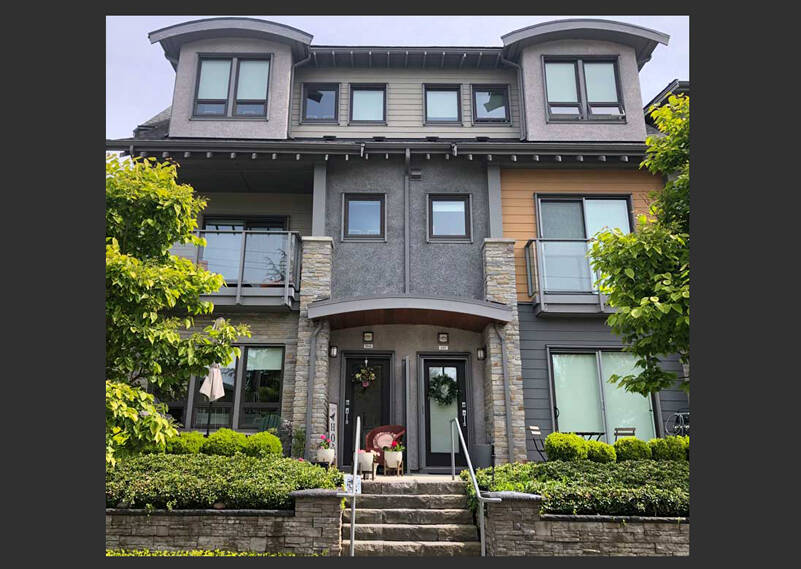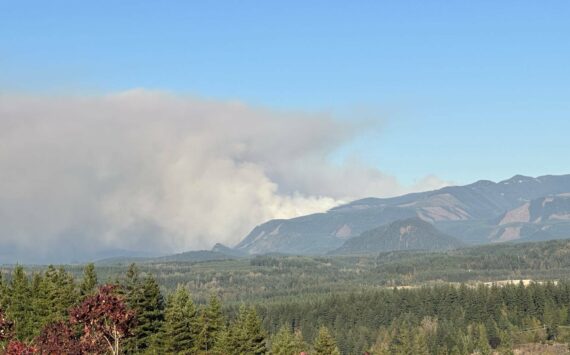By Morf Morford
Tacoma Daily Index
I don’t know about other areas, but in Tacoma a strange, even contradictory housing principle seems to hold true; the larger the home, the fewer the occupants, and the smaller the house/apartment, the more people live in it.
That principle seems to also be true in vehicles – the larger the vehicle, the fewer the occupants and the tinier the car, the more people are packed into it. Those massive trucks with no passengers and no loads – and little sign of appropriate wear and tear truck use are a common example.
But back to housing, what is going on here?
In Tacoma’s historic North End for example, massive vintage homes, with multiple bedrooms and massive yards are almost consistently occupied, not by large families, but usually by older couples – or even single older people. These are, in most cases, four, six, even eight bedroom places occupied by one person or two.
Honey, I shrunk the family
As I mentioned, these are older homes.
Have you noticed the trend for new construction?
Yes, it is for smaller and smaller homes. And it’s not just because materials are more expensive now. That is true, but barely relevant.
The average household size has shrunk – dramatically – over the past generation or so.
In 1960 the US had a population of 180 million with an average household size of 3.33. By 1980, average household size had dropped to 2.76.
This means that between 1960 and 1980, over 550,000 homes per year were needed just to keep up with changes in household size.
This is important – additional housing was needed NOT because of population growth, but because more of us were living in smaller collections of people.
According to recent housing surveys, up to one out of four of us live alone – and expect to stay that way.
To put it simply, the single family home no longer works. And with recent prices increases the past several years, the average home mortgage doesn’t work either.
You could also make the argument that traditional renting doesn’t work for more and more of us either.
And, in contrast to much hand-wringing from politicians and armchair urban “experts” (which is almost all of us) we can’t build our way out of this housing (and homeless) crisis.
Many cities are experiencing a building boom – with projects and construction cranes all over the landscape.
There are two all-too-obvious takeaways from the recent housing market; first, prices are higher than anyone expected and, second, the US (if not the world) isn’t one large housing market, but many loosely connected ones. And each one has its own compelling rules, restrictions and varying levels of supply and demand.
Build it and they will…Never mind…
Yes, we all know that there was a lull in home construction from about 2009-2012. And a building boom since about 2015 or so. But are contractors building what people want? Or can afford?
These multiunit projects (some in the several hundred unit range) take years to plan and build – but they are eventually occupied. In other words, there is usually a many-year time lag between when a complex is planned and when it is occupied.
And as we have learned in the 2020s, a lot can happen in a couple years.
Another dynamic is that a tiny fraction of homes enters the market at any given time.
And, as a close look will reveal, even if sold, many of these new units stand vacant. Often for years.
Many of these new units are investments or second homes.
What we see is a tangible mismatch of demand and supply. This can be profitable for some, and an unrecoverable money-pit for others.
But either way it distorts the housing market.
It would be easy to make a convincing argument for example, that housing prices rise the most (and the fastest) NOT in response to population growth but to average income growth.
Seattle, for example, is well known for its lack of children – especially in the pricier neighborhoods.
If, for whatever reason, there was a massive baby-boom in Seattle, would they need more homes?
I’d guess probably not. At least for a couple decades.
In the Seattle of the early 2020s, they are closing/selling unused schools and replacing them with apartment/condo projects.
That might meet the housing needs of 2022.
But what of 2030 – or beyond?
The standard narrative for our housing market is that there are too many people chasing too few homes. Housing costs increase, then are precipitated by a failure of home building to keep pace with regional population growth.
As population growth outpaces new construction, supply and demand kicks in, and as the supply of available homes shrinks, prices increase.
But is this always, or necessarily true?
Our housing market has more than its share of outlier, unexpected and unpredictable influences and interventions. From Airbnb to neighborhood and local ordinances and zoning restrictions to the price of gas (and therefore commuting) all kinds of factors impede and convulse the housing market.
Back to the big old houses in Tacoma’s historic North End; many of them were originally built as mansions for lumber barons. Over the years many were converted to apartments. In the 1990s many were returned to their original one family occupancy.
In the 2020s many of them are returning once again to small, if not miniscule, multi-housing units.
*******
For a detailed exploration of whether we are indeed in a housing shortage, I suggest this article from Construction Physics.






